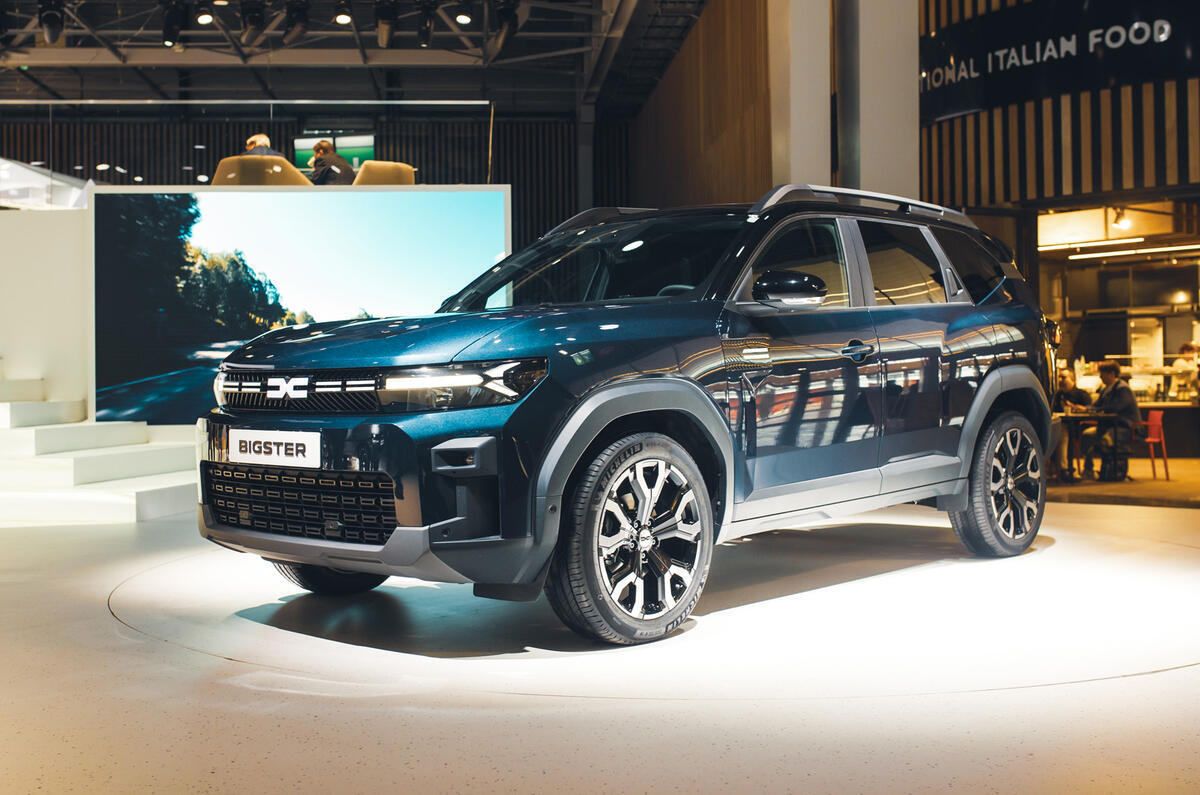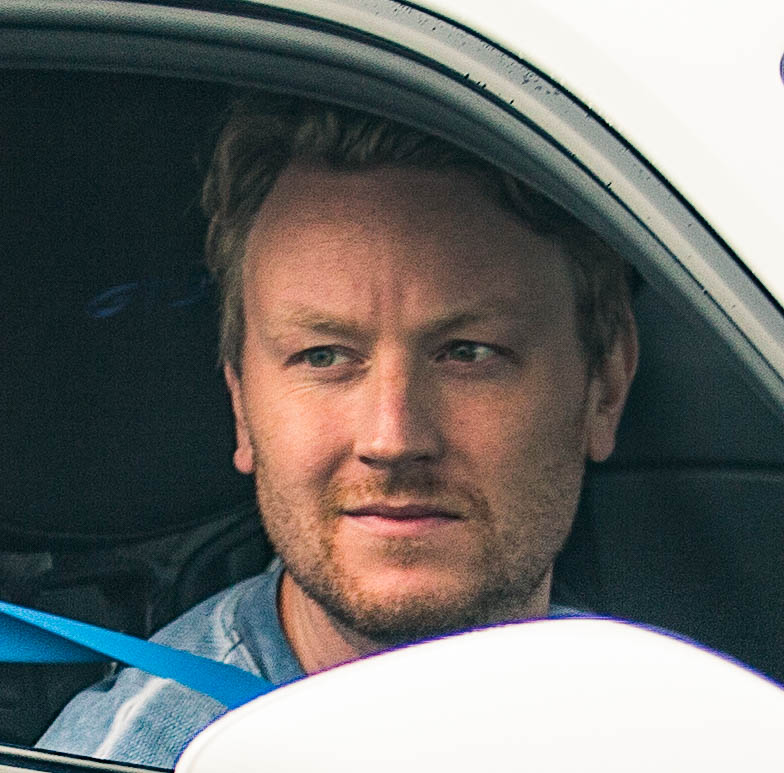The second phase of Dacia’s strategy road map will be revealed in November, four years after the company revitalised its brand identity, according to CEO Denis Le Vot.
Le Vot describes the new Bigster SUV as the car that “closes the first chapter” of Dacia’s modern reinvention. That chapter began in 2021 with the third-generation Sandero – the first recipient of Dacia’s new design language – and in time the Jogger seven-seater and the latest Duster were spun off the same platform.
Dacia will elaborate on this new phase after the summer, when “there will be a lot about electricity” as part of parent Renault Group’s new Futurama company strategy.
Within the next two years, Dacia's line-up will be bolstered by a pair of C-segment models and an €18,000 (£15,000) Renault Twingo-twinned city car as part of a significant broadening of the Romanian marque's portfolio.
Development of that electric city car is already well under way and should arrive in the middle of next year, given its rapid, 16-month (69-week) gestation process. Dacia is targeting a 100-week development window for all new cars.
Asked whether Dacia might end up cannibalising Renault’s sales in the C-SUV segment, Le Vot said he was confident that, given the three million such cars sold in Europe every year, there was plenty of space for both brands.









Add your comment